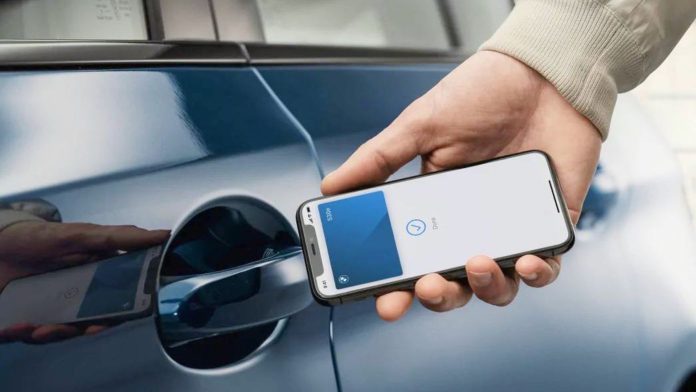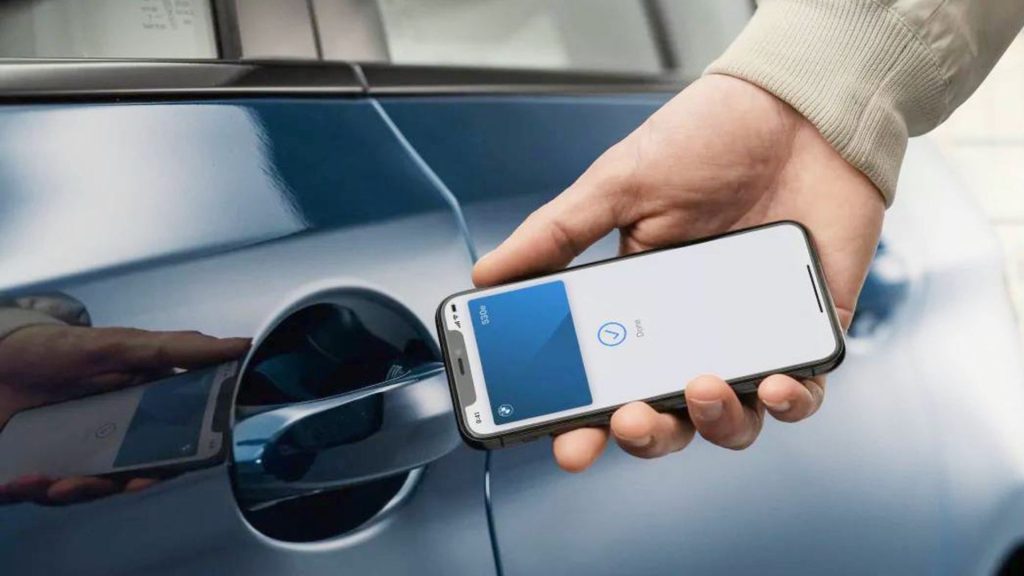
“Best way to predict the future is to invent it.” This maxim, attributed to computer scientist Alan Kay, rings true today in the world of cars, where technology innovation keeps evolving the manner in which humans engage with automobiles. The iPhone Car Key technology, once science fiction, is now rewriting the convenience, security, and connectivity handbook on wheels.
Since Apple launched its digital car key in 2020, the concept of unlocking and starting a car using a smartphone has gone from science fiction to showroom reality. But behind this frictionless user experience exists a highly complicated interplay of wireless technologies, security standards, and industry norms. For iPhone and Apple enthusiasts who happen to own cars, learning about which cars are iPhone Car Key-capable and why is a glimpse of the shifting balance between personal devices and personal transportation. Nine trends and facts are driving this shift.
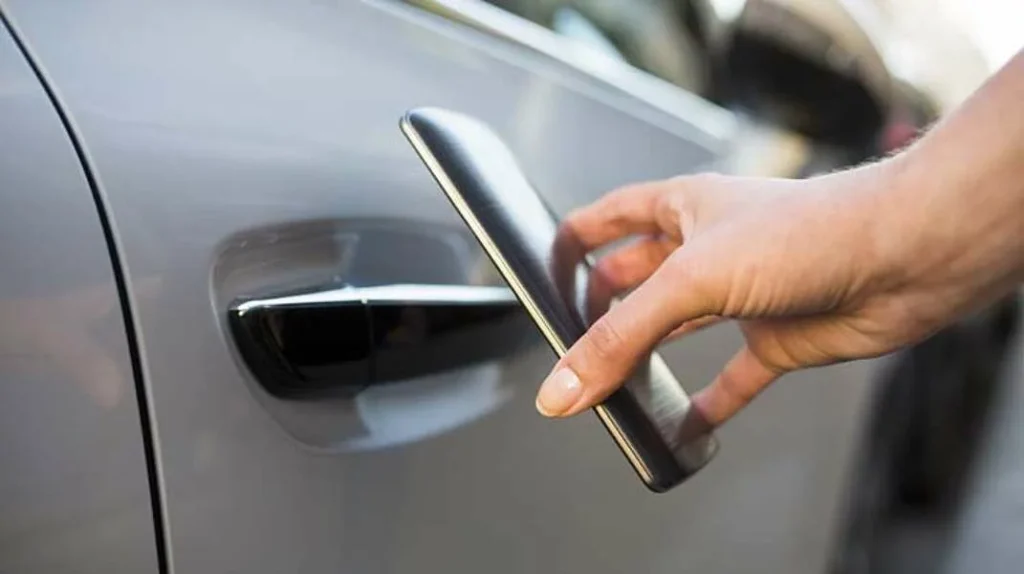
1. The Growing List of iPhone Car Key-Capable Vehicles
BMW was the first car manufacturer to embrace Apple’s digital car key, and progressively more cars have been added to the list. As of July 2025, major brands like Audi, BMW, Hyundai, Kia, Genesis, Mercedes-Benz, Volvo, and MINI offer support for the feature in select models. The latest entries include the 2025 Audi A5, Q5, and Q6, 2024 Mercedes-Benz E-Class, 2024 Volvo EX30 and EX90, and all Polestar 3 and 4 models. Hyundai’s 2024 Kona and Santa Fe, Kia’s 2024 EV9, and Genesis’ 2023 GV60 are among the most recent additions. According to MacRumors, the list will keep expanding as Apple partners with more automakers, introducing 13 new manufacturers in the near future. The expansion shows a shift towards mainstream adoption, although it will stay region- and model-year-based for the time being.
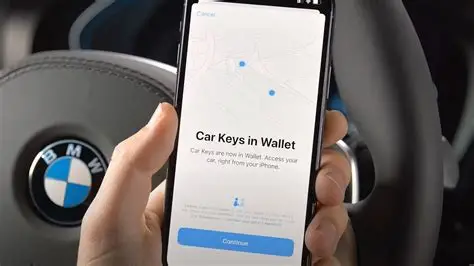
2. Apple Car Key How It Works: Passive Entry, Proximity, and Remote Access
Apple’s Car Key has three primary modes: passive entry, proximity, and remote access. Passive entry has the car open automatically to unlock when the driver comes near with his or her iPhone or Apple Watch, while proximity mode requires holding the phone beside the door handle. Remote access allows for locking and unlocking through the Wallet app remotely. As explained by 9to5Mac, Express Mode allows people to unlock their car without needing to authenticate with Face ID or Touch ID, even if the phone battery is dead assuming Express Mode had been turned on previously. This provides a convenience that physical keys can never hope to achieve.
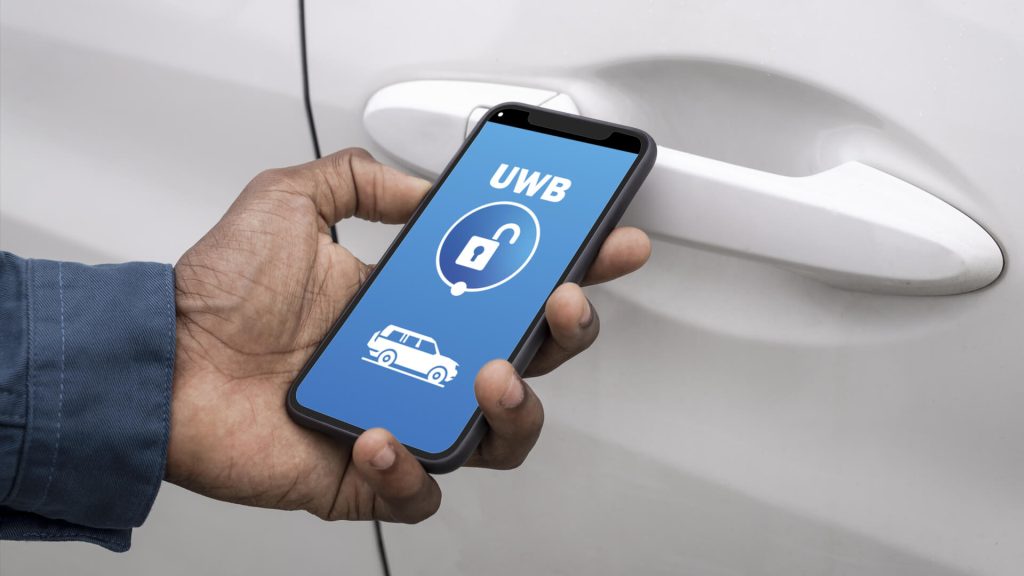
3. The Technologies Behind Digital Car Keys: NFC, BLE, and UWB
In the background, a trio of wireless technologies Near-Field Communication (NFC), Bluetooth Low Energy (BLE), and Ultra-Wideband (UWB) powers digital car keys. NFC is used for tap-to-unlock, BLE for proximity and passive entry, and UWB for reliable location awareness for secure, hands-free entry. Manufacturers are applying these technologies together to bring about convenience and security, Ambiq says. UWB, in particular, is gaining traction for its ability to thwart relay attacks, which are a common threat against keyless entry systems, by accurately calculating distance between the car and the device.
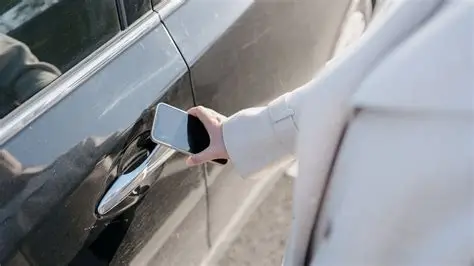
4. Security and Secure Elements’ Role
Security is central to the significance of digital car keys. As Help Net Security describes, secure components specific microprocessors embedded into smartphones are responsible for encryption, authentication, and key storage and isolate sensitive operations from the software of the device. Protection via hardware is the most essential method to prevent tampering, cloning, and unauthorized access. Additional protection is gained from mutual authentication between the automobile and device, and secure server communication, which protects against sophisticated cyberattacks. The combination of NFC, BLE, UWB, and secure elements is a layered defense that is constantly evolving to address new threats.
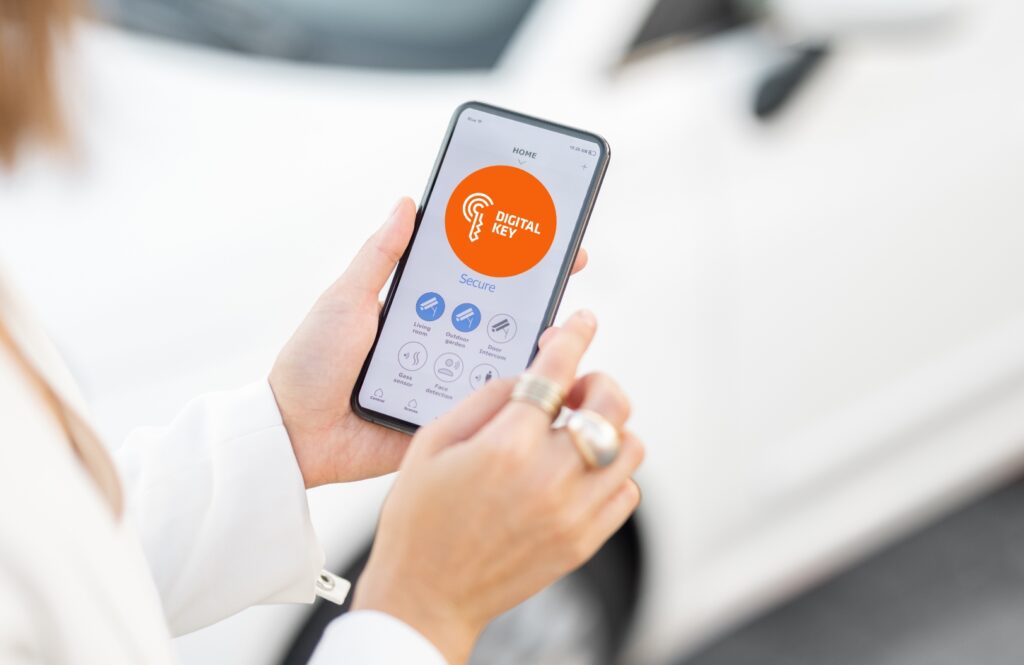
5. Industry Standards and Interoperability Demand
Standardization of digital key technology is essential through the Car Connectivity Consortium (CCC). Its Digital Key Release specifications, adopted by Apple and major automotive companies, define smartphones and vehicles communicating securely and dependably. According to the CCC, standardization not only increases interoperability between different brands and devices but also accelerates the rollout of new features, such as car-sharing and remote delivery. The CCC’s partnership with the FiRa Consortium, the organization behind developing UWB, will also most likely continue to hone these standards and improve the functionality of digital car keys in the coming years.
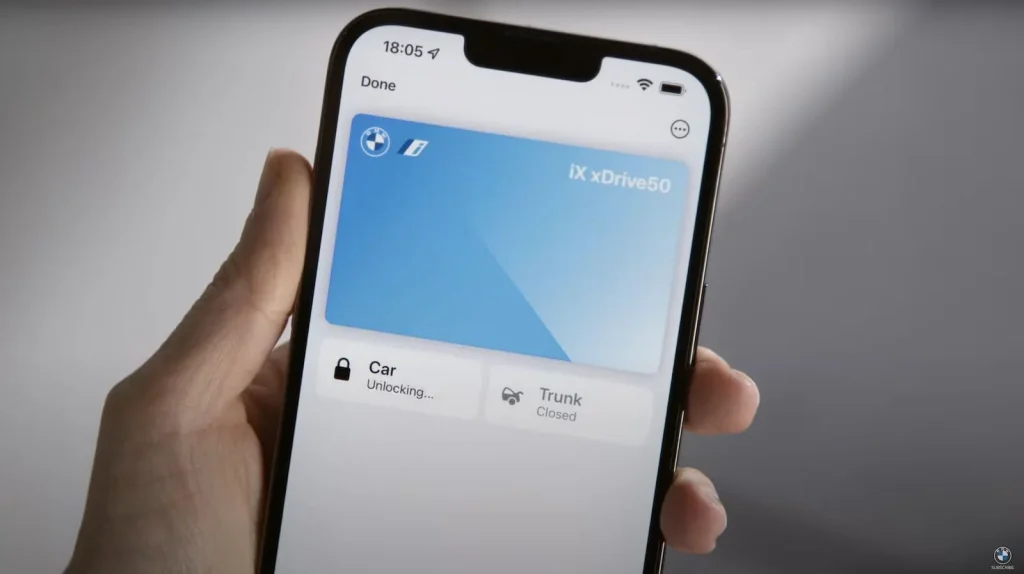
6. Sharing and Managing Digital Car Keys
One of the most practical advantages of digital car keys is being able to share access with other individuals. Apple’s approach makes it possible for users to send digital keys to friends or relatives via Messages, Mail, or AirDrop, with the option of imposing restrictions on usage. As Ambiq highlighted, this would be extremely convenient for family members, car-sharing, or valet parking. Temporary keys are quickly revoked or updated at any time, offering flexibility that fixed physical keys lack.

7. Overcoming Security Flaws: Relay Attacks and Beyond
Relay attacks, where attackers steal and relay signals between a vehicle and key fob or phone, are the number one method vehicles are stolen. Help Net Security attributes UWB’s precise measurement of distance and NFC’s limited range with combating these threats. 93% of UK stolen cars in 2022 were stolen without keys, which indicates the need for robust digital protections. Secure elements and mutual authentication protocols add an extra layer of protection against future threats.
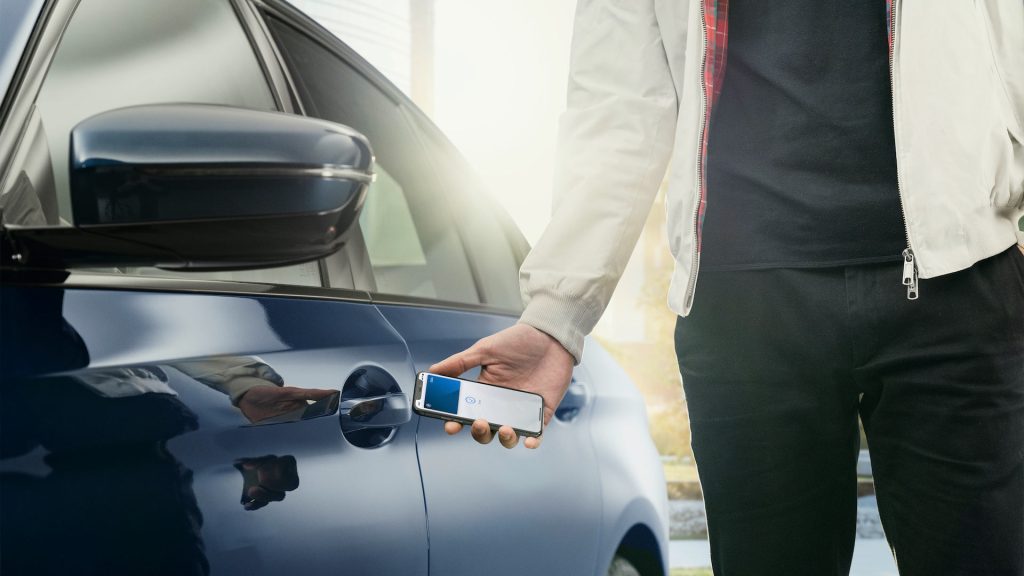
8. The Roadblocks to Universal Adoption
Although promising, Apple Car Key adoption remains technology and industry-bounded. As Lifehacker describes, the lack of shared standards among car makers and the challenge of integrating secure digital key systems in diversified car architectures have slowed things down. Concerns over cybersecurity threats and reliability have kept most car makers hooked on physical keys while offering digital ones. Widespread adoption will depend on continued collaboration among car makers, technology companies, and standards bodies.
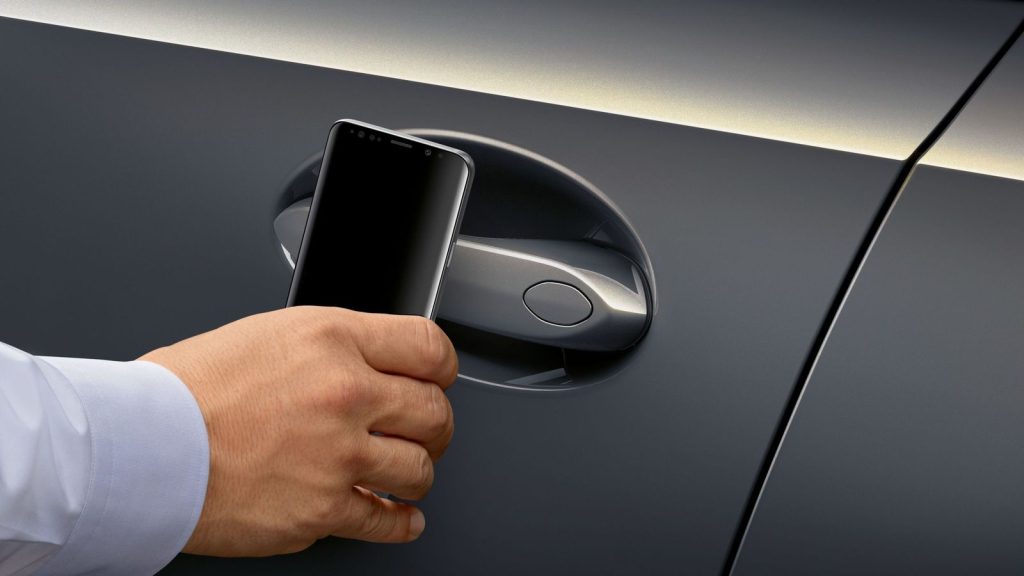
9. What’s Next: The Future of Digital Car Keys
The partnership between the CCC and FiRa Consortium heralds a new generation of digital car key innovation. According to MacRumors, upcoming releases might bring further accuracy, security, and interoperability to Apple Car Key and its counterparts. As more manufacturers sign up to the ecosystem and standards become more developed, the digital car key could be as ubiquitous as contactless payment, not just changing the way drivers open their cars, but the way they think about mobility and ownership.
iPhone Car Key is at the crossroads of convenience, security, and tech innovation. Though yet to complete its rollout, the drive towards digital car keys is well underway. To those who are tracking what’s hot in car tech, the growing roster of supported vehicles and the ongoing progression of wireless technology offer a tantalizing preview of things to come. As the industry continues on, one thing is certain: the car key of the future won’t be a key, as such, but an extension of the things that people already carry with them every day.
